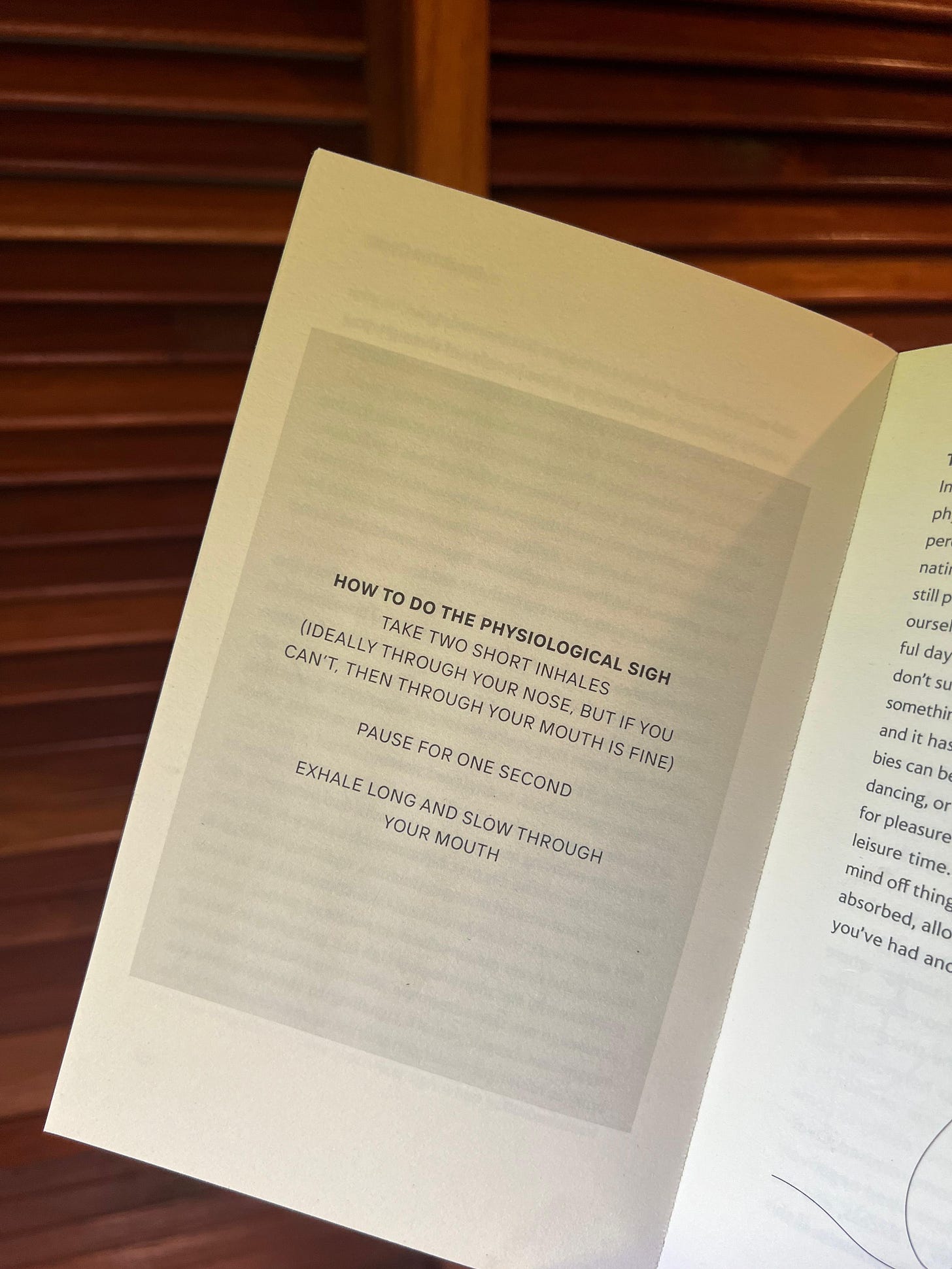Breathwork and Our Health
Take back control of your breathing to remain calm, promote creativity, and process emotions, all with Open!
Hey Brain Rewirers,
Welcome to this week’s newsletter! We’re talking about all the health benefits of breathwork. Plus, I’m dropping a link for you to claim 30 days free on Open, the app for meditation, breathwork, and movement!
If you’ve been waiting for a chance to get started on or improve your breathwork and meditation practice, then, this is your sign to do it! Click the button below for a 30-day free trial!
And if you need some more convincing, just keep reading. You’ll find the link at the end of the newsletter too ;)
Our Nervous System – Let’s Break It Down
Our nervous system is made up of our central nervous system (brain and spinal cord) and our peripheral nervous system (everything else).

Our peripheral nervous system can be broken down into our autonomic nervous system and our somatic nervous system. Our somatic nervous system controls voluntary actions, like walking and eating. Our autonomic system controls involuntary functions, like breathing, digestion, sweating, heartbeat – all the things you cannot control – and this is the section we’ll be focusing on.

Autonomic Nervous System
If you want to break things down even more, the autonomic system has two main components: sympathetic and parasympathetic.

The sympathetic nervous system is your “fight and flight” – it prepares you for action. It increases your heart rate and blood pressure, opens your airways, and stops digestion. Your parasympathetic nervous system is your “rest and digest.” Something that always stuck with me was one of my professors in Bristol saying, “you can remember parasympathetic is relaxing by thinking of a parachute! As you jump out of a plane and panic and scream and plummet, the parachute (parasympathetic) opens, everything slows down, you can breathe again, and you’re calm.”
Breathing
You might have noticed that I said autonomic is all about involuntary actions, such as breathing. This may sound wrong because breathing is something we can control! I meant that breathing is involuntary in the sense that we don’t have to think about it for it to happen – when we go to sleep, we don’t stop breathing.
But the fact that we can control our breathing if we want to means that we have some control over whether our sympathetic or parasympathetic nervous system is in charge! This is known as top-down regulation. And it’s awesome.
The Vagus Nerve
A key part to our parasympathetic nervous system is the vagus nerve. This nerve connects our brain, heart, and digestive system. The Polyvagal Theory outlines how our vagus nerve can control different parts of our autonomic nervous system, how it integrates environmental information to change our internal bodily response and how socially we use environmental cues to signal danger or safety to others (1,2).
Breathwork and The Vagus Nerve
Slow, rhythmic breathing activates the vagus nerve and thereby the parasympathetic nervous system, leading to reduced heart rate and more alpha brain waves (known for creativity, attention, and memory (3)).
There are various proposed mechanisms by which slow breathing can lead to these changes, such as activation of neurons connected to the nose through something known as our olfactory bulb. Slow breathing also leads to regulation of our internal bodily states (enteroception) (3). There is evidence that breathwork improves stress and mental health (4).
This is why in my book I encourage the use of the Physiological Sigh, which helps us to calm down, relax, and process stress and emotions.
Aside from breathwork, studies show that contemplative practices like meditation and mindfulness improve mental health (5,6,7,8).
And if you need help getting started on your breathwork or meditation journey, join me for 30 days free on Open!
Until Next Week,
Nicole x
P.S. Let me know what your want covered in future topics! And don’t worry, I’ve got EDMR and trauma for next week!
References







I love your work! The polyvagal theory is causing me headache. I find it a very good framework. But there's some critique. I'm wondering how accurately the theory portrays the human physiology...Which parts are backed up by science.
This is so interesting! Thanks for sharing